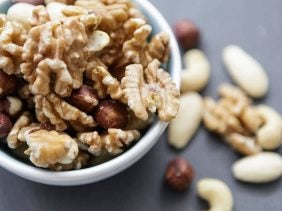Carb Cycling: A fascinating new way to lose weight and build muscle!
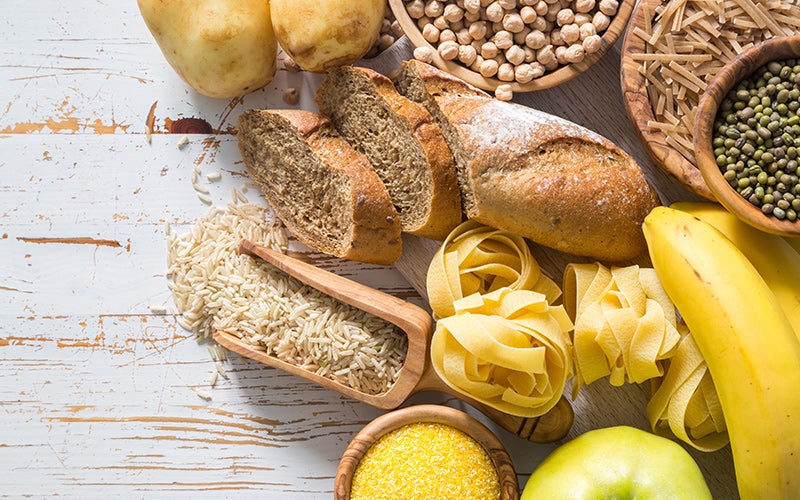 ©A_namenko-1
©A_namenko-1
You have to make up your mind: Do you want to build muscle with intensive strength training and a targeted calorie surplus or lose excess fat through demanding workouts and a clearly defined calorie deficit? You can’t do both. Or can you?
The idea that building muscle and losing weight at the same time is only possible to a limited extent is a persistent belief in the bodybuilding world. The mass phase, in which one eats more than one needs and trains hard in order to build muscles, is usually followed by a low-calorie diet, which makes those muscles really visible through fat loss. But in recent years, a diet has become common in the fitness industry that claims the opposite: Carb Cycling is a diet that aims to build strong muscles and reduce body fat at the same time. In the meantime, the emerging trend has also reached athletes outside of bodybuilding. Let’s take a closer look at the principle of carb cycling and show you what a plan can look like.
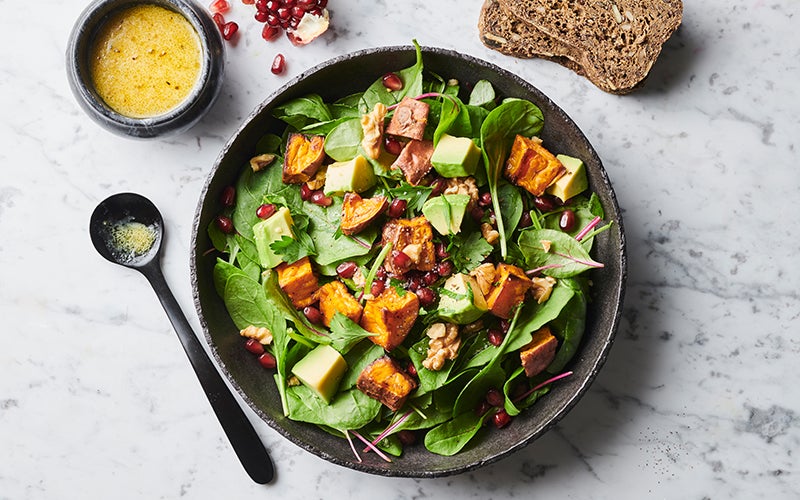
What is carb cycling?
If you’re wondering why you haven’t heard about this promising diet yet, we can put your mind at rest: Carb cycling is a relatively new approach to nutrition. Simply explained, carb cycling is based on individual nutritional plans in which the distribution of macronutrients and especially the amount of carbs varies on different days of the week.
Since carb cycling is a relatively new concept, there are very few controlled studies available from the scientific community that can tell us with certainty whether the method produces successful weight loss results. It is, however, based on the functions of carbohydrates in the human body, and these have already been extensively researched. The bottom line is that carb cycling is based on the biological mechanisms behind the regulation of carbohydrate metabolism.
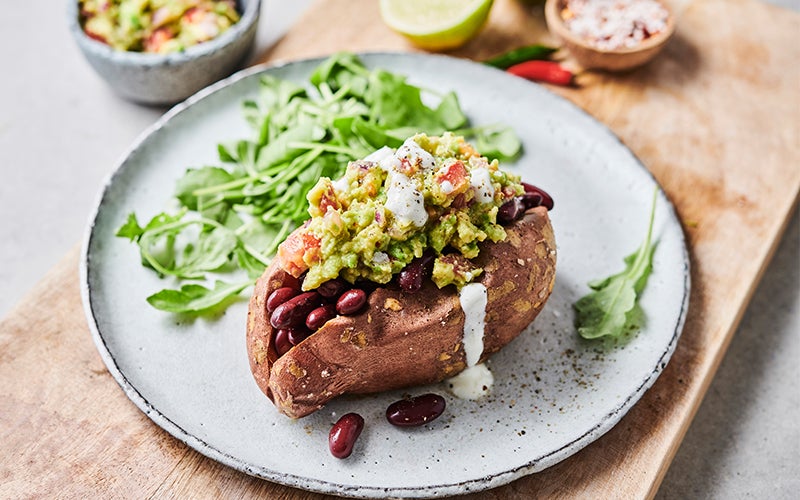
How does carb cycling work?
The focus of carb cycling is to “cycle” your carb intake, and the goal is to provide your muscles with enough fuel on training days (muscle building) and to consume less carbohydrates and fewer calories to reduce body fat (lose weight) on rest days. The plan may include the following:
- High carb days: these days are generally the days when the most calories are consumed. The macro distribution says that about 50% of your calories should come from carbohydrates.
- Low carb days: fewer calories and fewer carbohydrates. On these days, only about 20% of the calories should come from carbs.
- Medium and no carb days: Not every plan includes these. If they do, the calorie intake from carbohydrates on a no-carb day is less than 10%.
Generally speaking, there’s no hard and fast rule for which of your weekdays are high, low, or even no carb days. But the same rules apply to all cyclers for each day:
- Regardless of your carb intake, you should eat 5 meals every day – no more and no less.
- Your breakfast should always be a combination of high-quality protein, complex carbohydrates, and valuable fats.
- Unless you are intermittently fasting, you should always eat your breakfast in the first hour after waking up to get your metabolism going.
- Your first snack, lunch, and second snack are based on your daily schedule and are accordingly high or low in carbohydrates.
- Your dinner should be low carb – every day of the week.
Important: Having high-carb days is by no means an excuse to eat everything mindlessly. You need to watch not only the amount of carbs you eat, but also their quality. For meals before your workout, simple carbohydrates will give you quick energy, but otherwise, complex carbohydrates like whole grains are a better choice. The same applies to your intake of protein, which is what your body uses to build muscle. Our Whey Protein and Vegan Protein can help ensure your protein intake is high enough and at a high quality.

And now let’s talk about the mechanism in the body. Carbohydrates do promote muscle growth by supplying us with energy during training, but at the same time, they’re also involved in storing fat. Carb cycling tries to get the most out of carbohydrates. It’s too early to say clearly whether it works effectively.
As has been emphasized several times, cycling carbs is specific to the individual. Since no two plans are alike, we can only give you an idea of how a week can be structured. Before you start alternating between low and high carb intake, you need to think about your needs.
Our calorie calculator will give you an initial idea of how high your basal metabolic rate is. As soon as you have calculated this, add in the other factors you need to consider: How busy are you in your everyday life? Which days do you exercise? How intensely do you work out? You can only make a carb cycling plan when you’ve answered all these questions.
For guidance, we’ve made a suggested plan for beginners. This plan calls for alternating low carb days and high carb days.
| Monday | Low Carb |
| Tuesday | High Carb |
| Wednesday | Low Carb |
| Thursday | High Carb |
| Friday | Low Carb |
| Saturday | High Carb |
| Sunday | High Carb |
Advantages and disadvantages
The introduction to life on the carb cycle seems a little bit more complex as compared to other diets. You need to calculate your daily calorie consumption, look at the macronutrient distribution and put together a carb cycling plan that fits your workout frequency. Ideally, you should have a high carb day on your workout days, which will provide you with enough carbohydrates to keep you fit and strong.
Once you have your optimized carb cycling plan on paper, you should track it for better results. What does that mean? With the help of an app, for example, you can get a detailed overview of the carbohydrates, proteins, and fats you consume every day. If you want to follow a strict carb cycling regime, this also involves weighing your meals. This can be annoying, but is intended to make carb cycling more effective.
One advantage: Because of the varying days, you are much more flexible than with many other diets. On days when you are supposed to eat a lot of carbohydrates, you can meet with friends during your lunch break without feeling guilty and eat a carbohydrate-rich meal that still fits in with your eating regimen!
For the low-carb days, here are three persuasive and delicious recipes for your dinner:
Fitness Shakshuka
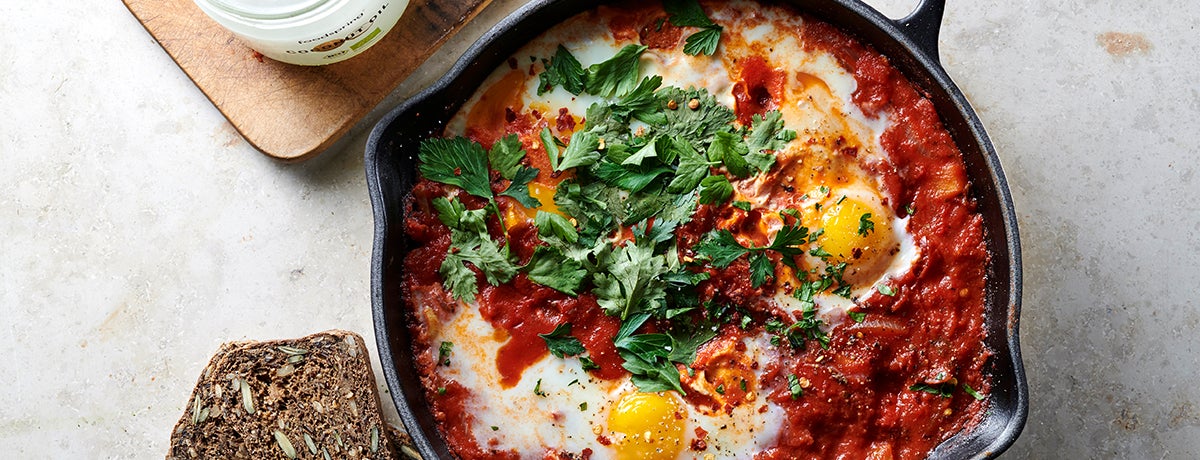
<a style=”max-width: fit-content;” class=”btn d-block mb-3 aligncenter btn-sm” target=”_blank” href=”fitness-recipes/recipe-for-savoury-eggs-in-tomato-sauce“>check out the recipe
Würzige Hackbällchen

Low Carb Buddha Bowl
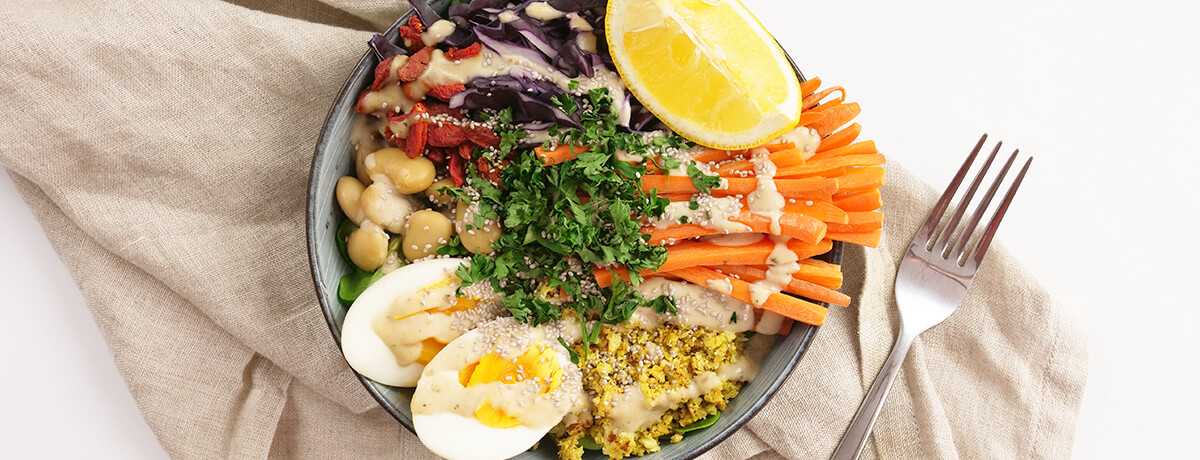
Obviously the pros and cons of carb cycling are debatable. What one person sees as an exciting challenge is a burden for another. We believe that everyone can and should find out for themselves what works. Does the idea appeal to you? Then give it a try!
Carb Cycling: Summary
Carb cycling is the cyclical carbohydrate intake that may help in muscle building and fat loss. Here is a summary of what you can remember about the diet of bodybuilders:
- In carb cycling, the focus is on varying the intake of carbohydrates on different days.
- The diet has gained popularity among bodybuilders in recent years, although there are still no substantiated studies to confirm that the diet delivers what it promises in the long term.
- The principle of carb cycling is based on the manipulation of carbohydrate metabolism.
- The most common method of getting started is a plan with alternating high and low carb days.
- The high carb days are built around your gym schedule to ensure you get sufficient energy for your workout.
- Carb cycling requires the calculation of an individual plan and a steady track.
Sources for this article
We at foodspring use only high-quality sources, including peer-reviewed studies, to support the facts within our articles. Read our editorial policy to learn more about how we fact-check and keep our content accurate, reliable, and trustworthy.
- Boden G. et al. (2005): Effect of a low-carbohydrate diet on appetite, blood, glucose levels, ans insulin resistance in obese patients with type 2 diabetes. https://www.ncbi.nlm.nih.gov/pubmed/15767618
- Heidi Powell (2020): heidipowell.net
- Legion Athletics (2020): legionathletics.com































